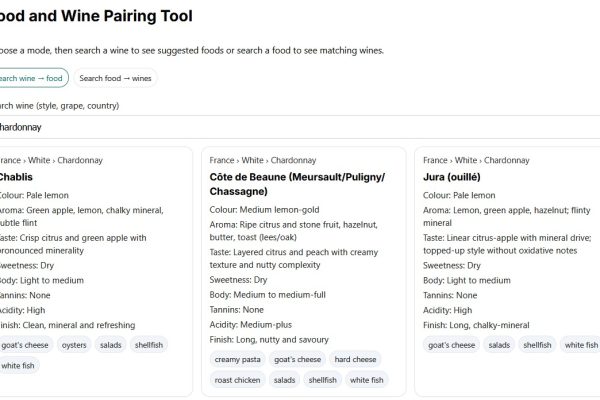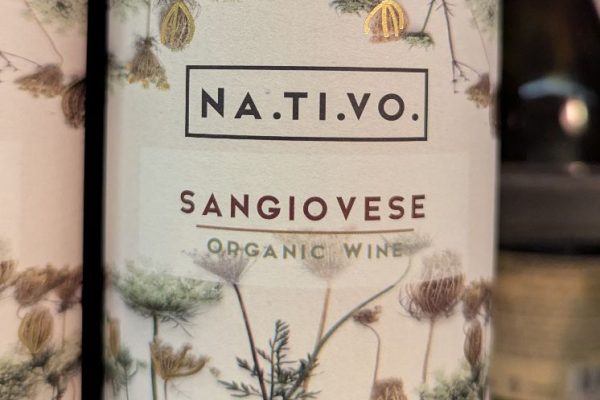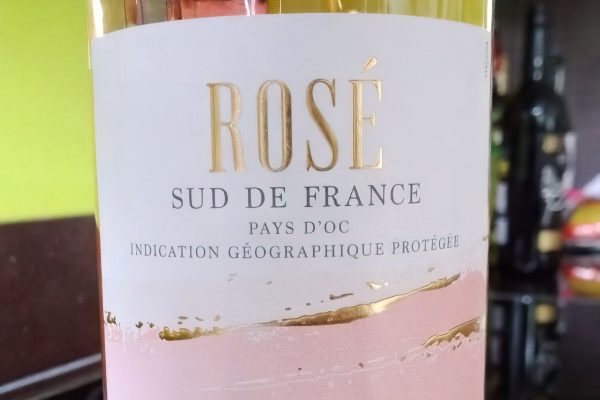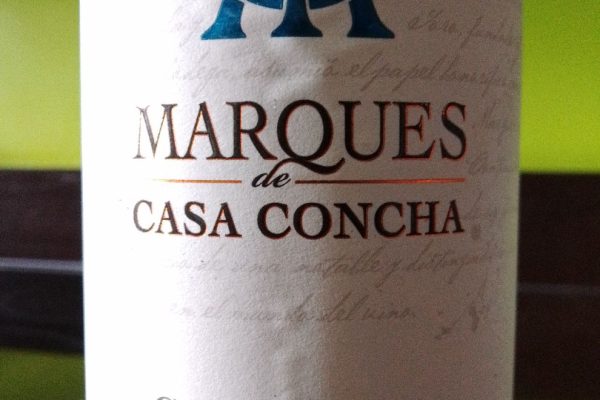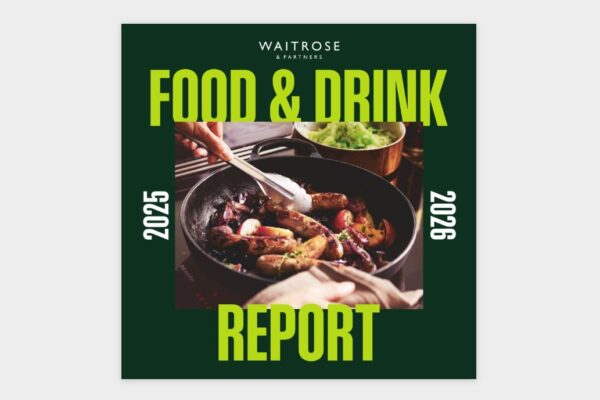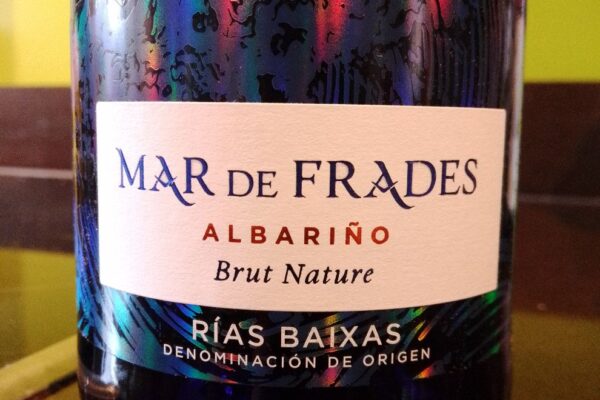
Recent data has highlighted a notable shift in the Champagne market for the year 2023. Following three years of exceptional performance, Champagne shipments have reverted to pre-pandemic levels, with a total of 299 million bottles shipped, marking an 8.2% decrease from the previous year.
The industry witnessed a significant slump in 2020 with an 18% decline due to the pandemic’s onset. This downturn was followed by a robust recovery, with sales soaring by 33% over the next two years, culminating in over 325 million bottles being shipped by the end of 2022. The 2023 figures, although lower, are still in line with the pre-pandemic level of 297.3 million bottles seen in 2019.
The domestic market in France experienced a significant 8.2% decline in 2023, accounting for 127 million bottles. This reduction has been largely attributed to the inflationary pressures that have weighed heavily on household budgets throughout the year. The export markets, while also down by 8.2% from 2022 with 172 million bottles shipped, have performed relatively better. Exports now represent over 57% of total Champagne sales, a considerable increase from the 45% share a decade ago. This shift can be partially explained by the overstocking by distributors in 2022, driven by fears of shortages.
The pandemic period saw a surge in demand for renowned labels such as Veuve Clicquot, Bollinger and Lanson. This trend has now begun to normalise as the world adjusts to post-pandemic conditions. Bain, a consultancy firm, predicts that the Champagne sector may experience up to 4% growth in the current year, a slowdown from the 8% growth in 2023.
David Chatillon, president of the Union des Maisons de Champagne and co-president of the Comité Champagne, acknowledged the expected nature of the decline. He remains optimistic about the future of Champagne, albeit with a cautious eye on the global geopolitical and economic landscape.




